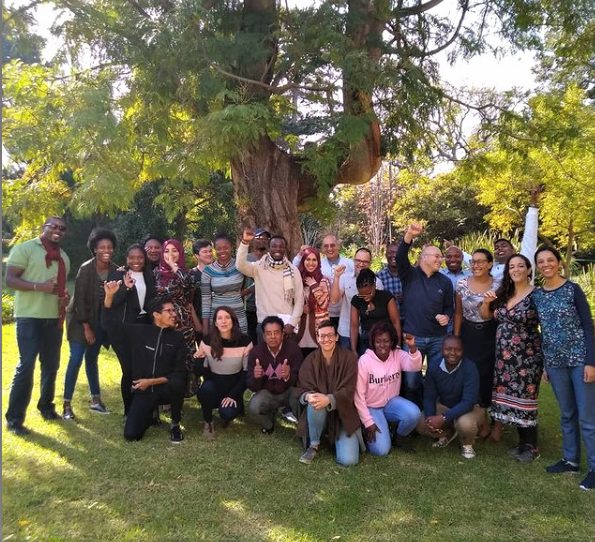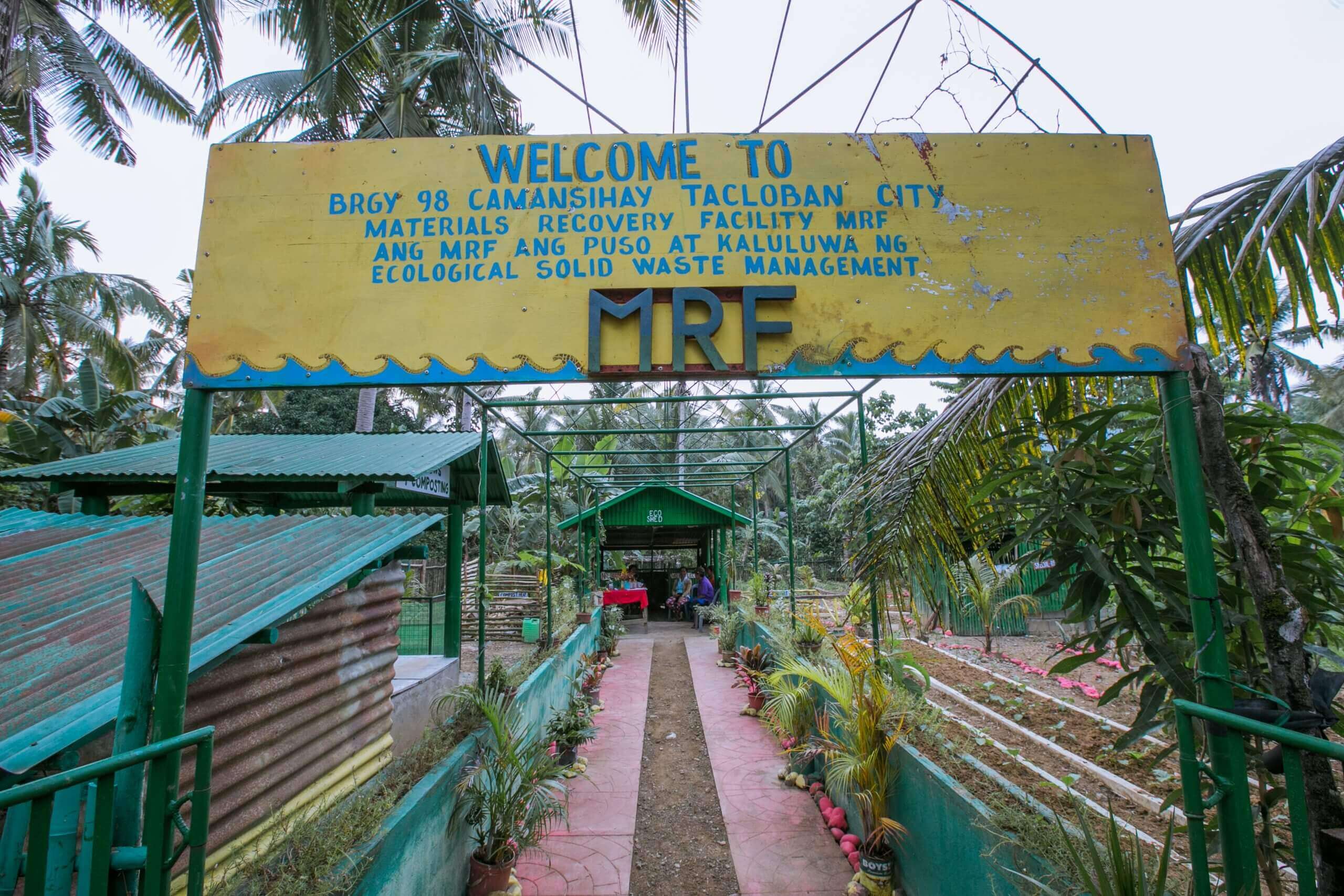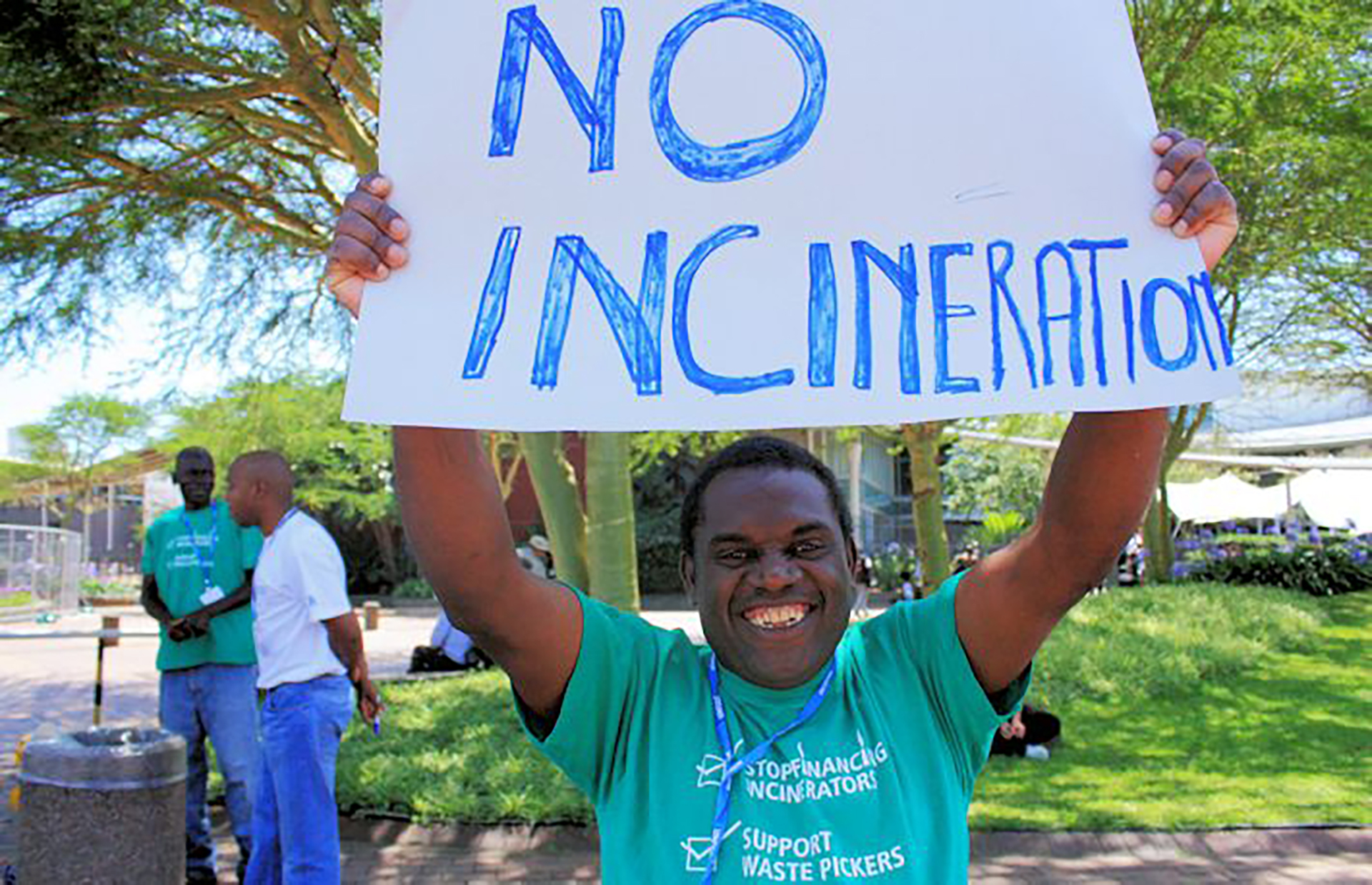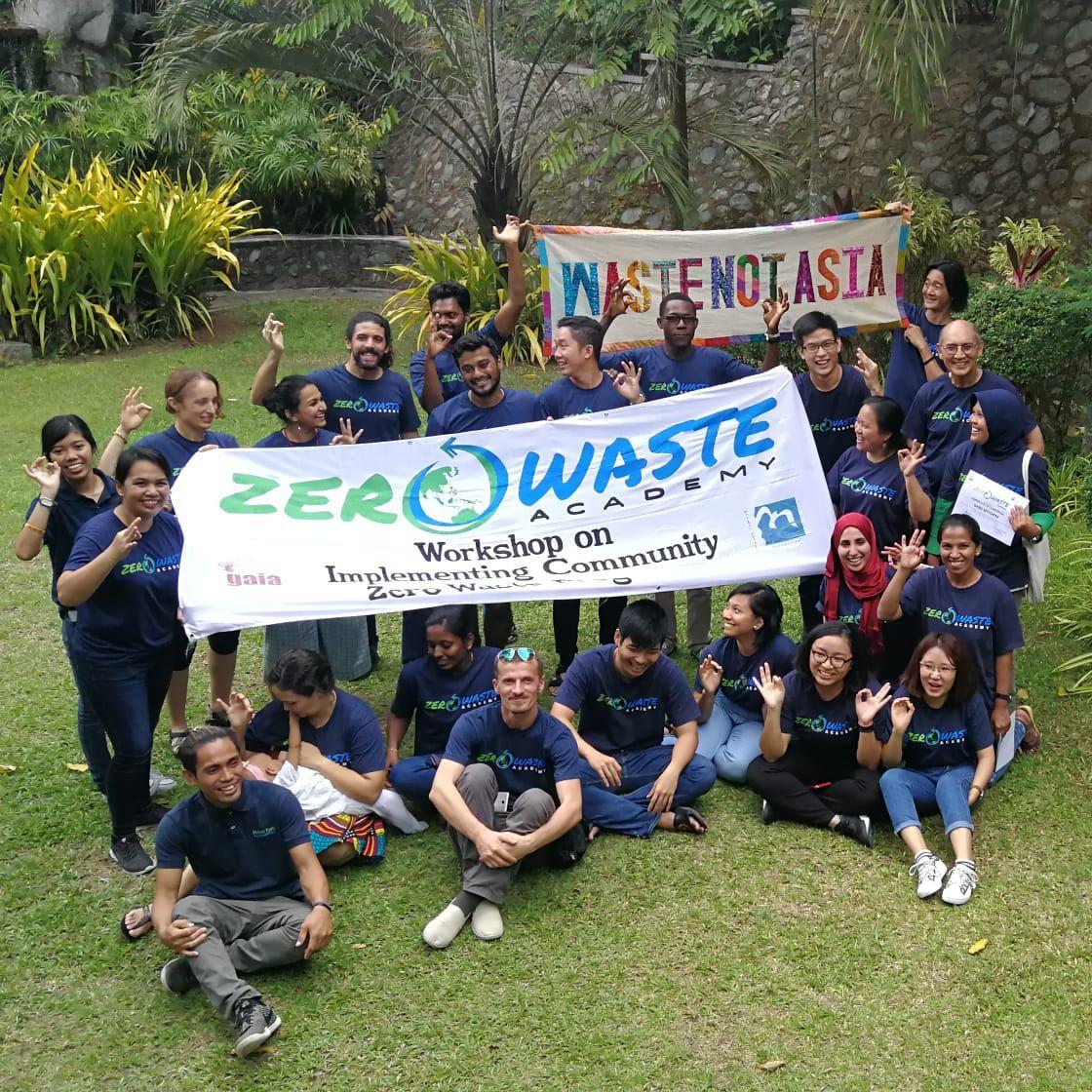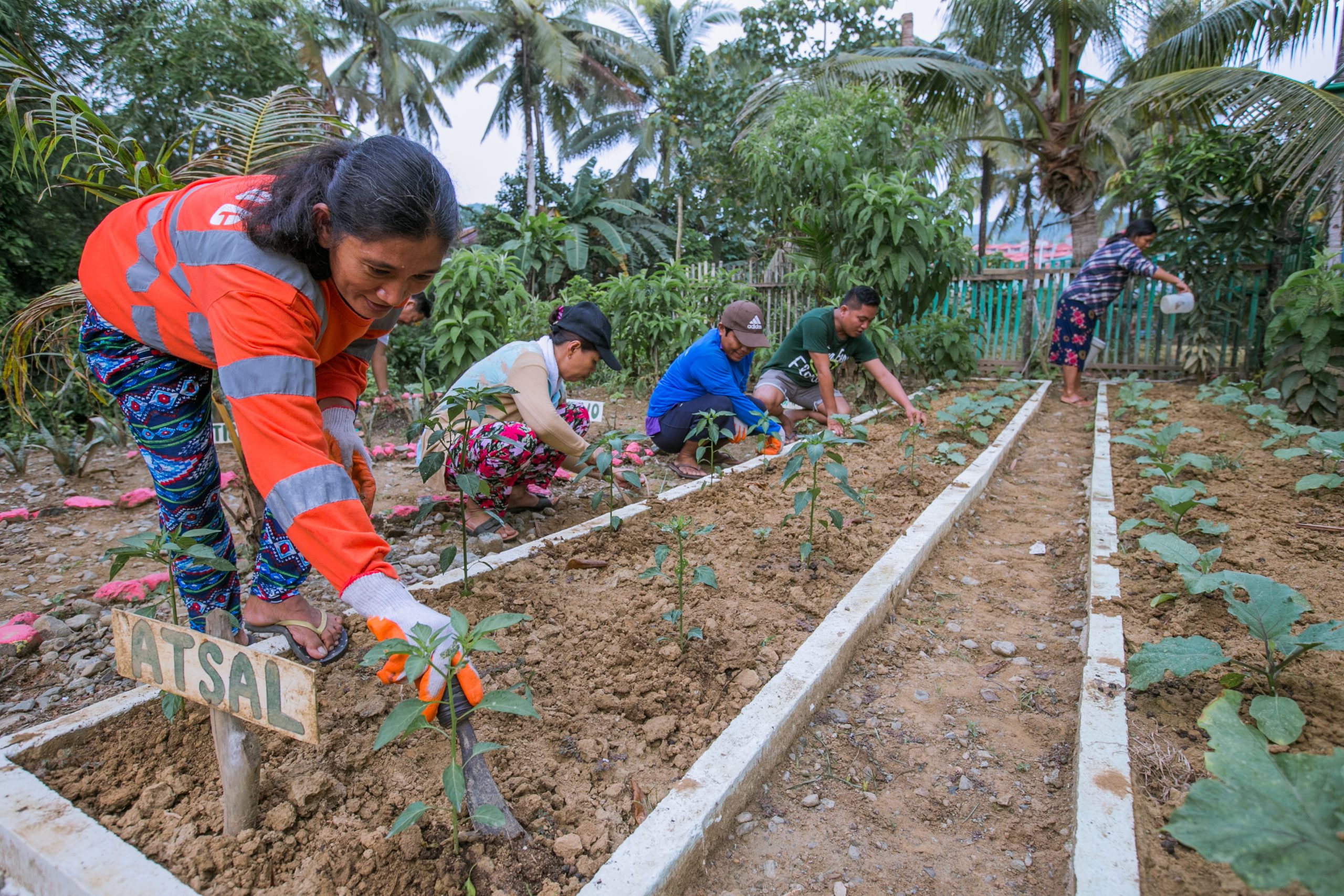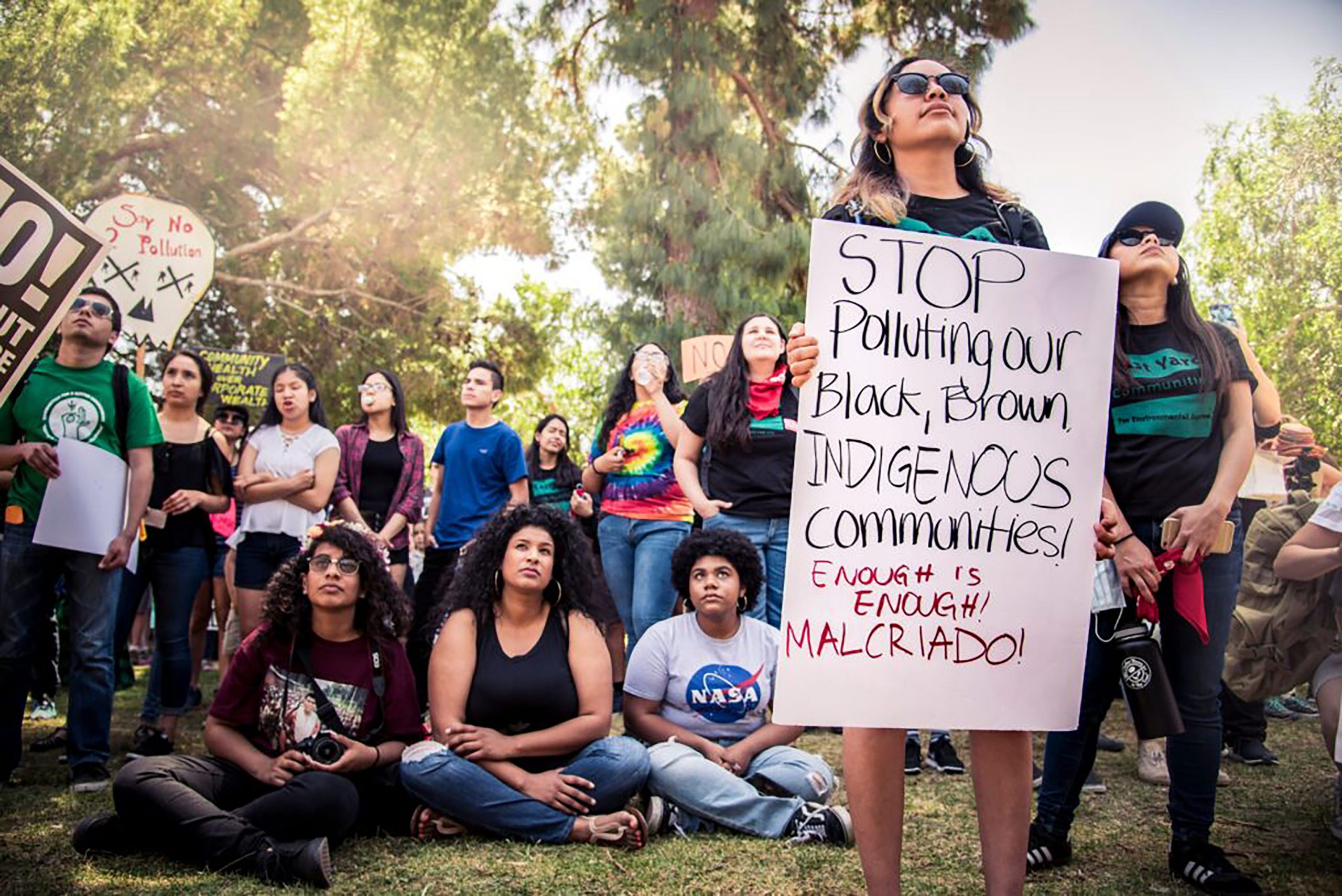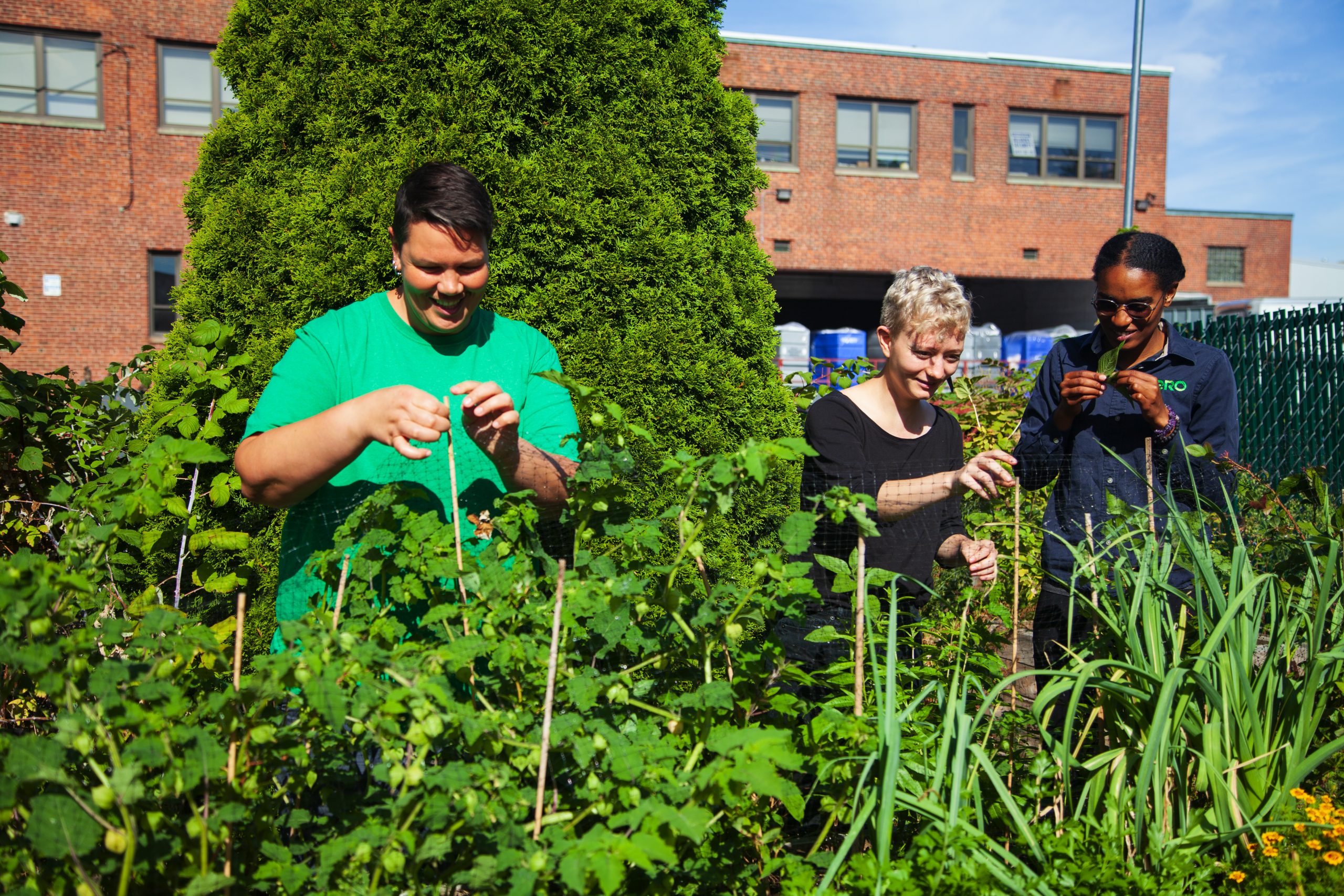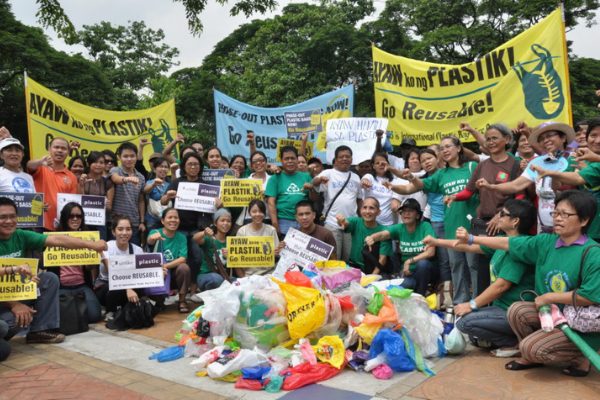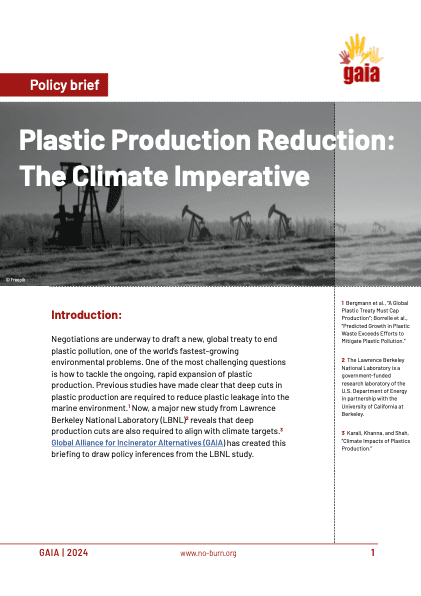14 December 2022
Dear Director Mark Kunzer,
Transaction Support Division of Private Sector Operations Department
Thank you for the response letter dated 7 November 2022. However, we found it fails to address the key concerns regarding the approval of this project:
- ADB approved the project against the stated order of priorities stated in the ADB Energy Policy when utilizing waste for energy
The utilization of waste for energy is at the bottom of priorities in the ADB Energy Policy. Before waste is utilized, ADB must ensure that WTE projects come only in a local context where the waste system follows a management option that prioritizes the most environmentally and socially desirable option to ensure that the least preferred options are not necessary. As stated in the ADB Energy Policy, “first reducing waste generation, then exploiting the options for reusing and recycling materials, then using waste to recover energy or usable materials, followed by sanitary engineered landfilling as the last option.”
This language ensures that prevention of waste is a priority, that recyclable materials are not burned and that the WTE is the last resort – not part of a combination of waste management of options for the reason that WTE projects are pernicious to the most preferred options for waste prevention and recycling efforts, to community health, to climate and the environment. However, ADB approved the project, without this order in mind and with the framework that WTE is necessary in circularity and waste management efforts.
In the Environmental and Social Compliance Audit Report (November 2022), the key components of this project are mixed municipal waste processing through 1) WTE incineration facility (8,400 kg/hour or 201.6 tpd); and 2) composting plant (840 tpd). While it is true that composting is part of the facility, the produced compost might be contaminated with various chemicals given the feedstock is not source-separated. However, there are no preventive measures identified to avoid compost application for food crops. The report also states that mixed waste would be separated at the facility through manual picking process. Moreover, it targets only high value recyclables and not all recyclables. There is also no explanation on the fate of non-magnetic metal. Additionally, given the feedstock is not source-separated, there would be dirty recyclable fraction which is difficult to recycle. How would this process ensure that there will be no recyclables incinerated — thereby violating a prudent order of waste management priorities?
- WTE incineration project component is approved although the guidance note on WTE has not been made publicly available
Without the guidance notes, there is little indication that the understanding of the waste management context and in the exploration of alternatives was ever aligned with this policy provision.
GAIA has attended a PowerPoint of the proposed content of the guidance notes where we have expressed our critical points. In that presentation, we have already pointed out that the simulation models do not follow the hierarchy of decision in line with the order of waste management clearly stated by the ADB Energy Policy. Without the draft text, it was difficult to ascertain the alignment of the guidance notes to the Policy.
After that presentation, civil societies were not informed of the consultation process of the draft guidance note on WTE when it was made available. There was no communication on the timeline and feedback mechanism. CSOs have no information as to how the guidance notes can instruct staff on assessing the order of priority in waste management, for example. We demand the guidance notes be made available online as part of ADB’s commitment to openness and transparency. Additionally, we urge the ADB to disclose compliance indicators to the guidance note on the project data sheet. This should also be made available and accessible before the project approval stage. Without it, there is no way for civil society groups and affected communities to monitor and ensure the project complies with the screening standards outlined in the guidance note.
- Absence of evidence on the project as low-carbon, climate mitigating, and production of renewable energy
WTE incineration is not a climate mitigating activity
Composting alone could solve the methane problems without the WTE incineration component. Contrary to project claims, the WTE incineration will be releasing all fossil-carbon embedded in plastic instantaneously. Plastic and other fossil-based material will not release greenhouse gases in landfill. This is contradictory to the claim that the WTE incineration will reduce 2,000 tons of CO2 per annum. According to UNEP, depending on the waste composition, waste incineration emits between 250–600 kg of fossil-CO2 per tonne of incinerated waste, which is comparable to the carbon intensity of emissions from coal combustion, and hence a significant source of GHG emissions. Burning plastic emits 2.7 tonnes of CO2e for every tonne of plastic burned. Even when energy recovered in a waste-to-energy incinerator is accounted for, burning one tonne of plastic in an incinerator still results in 1.43 tonnes of CO2e.
Additionally, the project states that the WTE incineration will generate electrical power of 4 MW/h net power generation — 1MW/h is used to operate the WTE system itself. Given the project does not disclose the comparison of the incinerator plant’s greenhouse gas intensity to the national average power plants, we would like to know the greenhouse gas intensity of this incinerator plant. As we have raised in our previous letter, WTE incineration is not a low-carbon technology. It is more emission-intensive than the average emission intensity on the grid. This has been observed in both the U.S. and the E.U. where WTE incineration releases more greenhouse gas emissions per unit of energy generated than coal-fired and gas-fired power plants.
WTE incineration is not a renewable energy source
The project does not disclose any justification on renewable energy generation. There is no waste composition analysis and mass balance analysis as part of the due diligence process. Without those analyses, there is no clarity on whether the WTE incinerator plant uses only a biogenic fraction of waste or burns fossil-based material, such as plastic — which is not a renewable feedstock per IPCC’s guidance on renewable energy.
The Environmental and Social Compliance Audit Report suggests that the WTE incinerator plant will use high calorific value feedstock, including fossil-based plastic. Furthermore, it is also reported that the rejects from the composting process —including plastics— are directed to the WTE incineration. Moreover, the most biogenic fractions will be treated through composting and some through recycling (i.e. paper and cardboard). This leaves most rejects as fossil-based material in the incinerator. This is clearly not aligned with the claim made by ADB that this project is generating renewable energy.
Moreover, we reiterate that the European Parliament has emphasized the need for the EU and Member States to minimise incineration, recognising its risk of causing lock-in effects and hampering the development of a circular economy in the EU. This is further strengthened through the EU Sustainable Finance Taxonomy Report which excludes WTE incineration because it makes a substantial contribution to climate change mitigation and harms environmental objectives such as a transition to a Circular Economy, waste prevention and recycling.
- Unanswered concerns on safeguards measures of the WTE incineration component of the project
We are very concerned about the dioxins resulting from the waste incineration process, not only from the stack emissions but also in the incinerator ash. It is true that dioxins are formed during de novo synthesis which typically happens during cold start-up/pre-heating, shut-down, and Other Than Normal Operating Conditions (OTNOC) — such as leaks, malfunctions and momentary stoppages and maintenance. For example, in maintenance processes, a flushing process will bypass the flue gas cleaning system (air pollution control units) creating a huge surge of dioxin and dust production. When it occurs, in a few minutes dioxins emissions are released equivalent to the load dioxins from six years of normal operation. Moreover, one cold start-up process could possibly result in dioxins emission loads equivalent to several months of operation. However, the sampling standards used in this project are seriously flawed as they do not cover these conditions and represent a tiny percentage of the total yearly operating time of incinerators — approximately covering only 0.1 % of dioxin stack emission per year.
Through long-term testing, the youngest incinerator in the Netherlands (Reststoffen Energie Centrale (REC) clearly reveals that the plant emits dioxins, furans, and toxic pollutants far beyond the limits set by EU laws. This finding is further confirmed through a biomonitoring study of incineration emissions in Spain, Lithuania, and Czech Republic. The study found dioxins, furans, and other Persistent Organic Pollutants (POPs), such as PCBs, PAHS, and PFAS, in living organisms in the vicinity of those plants. These compounds are extremely toxic at very low levels, bioaccumulates, and are dangerously hard to break down. Therefore, it is highly concerning knowing the fact that the emission standard used in this project does not cover other POPs aside from dioxins.
We are also aware that this project plans to utilise the waste residues from its WTE incineration plants for the production of ceramic bricks and tiles that are sold commercially into the construction industry. This is highly worrying because both incineration fly ash and bottom ash are toxic substances, containing heavy metal and POPs. There is no guarantee that these chemicals will not leach over time to the environment — especially when used as construction material. A recent report shows evidence that incinerator bottom ash is highly hazardous and under-regulated. It highlights that incinerator bottom ash contains significant total concentrations of POPs (i.e. PCDD/Fs, PBDE, PCBs, PFAS) and microplastic. Additionally, incinerator fly ash contains more POPs compared to bottom ash. Allowing incinerator ash utilization as construction material and selling it commercially will do significant harm over time to people and the environment.
On the Can Tho WTE plant, the issues remain the same regarding the standards used by ADB-funded WTE plants. The standards are far from sufficient for protecting people and the environment. Additionally, we have no access to the latest Environmental and Social Monitoring Report (ESMS) which shows that the plant is compliant. As this letter is sent, the project page only shows ESMS of the Can Tho WTE plant from January-December 2020.
The Stockholm and Minamata Conventions phases out POPs and mercury, known byproducts of incinerators as evidenced by science and experience which is why embedding it in circular economy and transitionary plans are harming parallel international development goals and legal obligations.
We reiterate our demands to ADB and urge the bank to:
- decisively withdraw the WTE incineration component from the proposed Binh Duong Waste Management and Energy Efficiency Project (56118-001);
- publicly disclose the guidance note on WTE online; and
- include compliance with the guidance note as a mandatory provision on the project data sheet if/when new WTE projects are proposed — allowing civil society groups and local communities to follow up accordingly.
Lastly, the ADB Energy Policy points out to support member-countries not only in a transitionary plan but also committed to a just transition that avoids social and environmental harm. WTE incineration projects are an unnecessary, highly risky, and resource-intensive project that does not fit in the context of the multiple crises happening now, especially in the light of climate crises. Member countries need support to transition away from the highly carbon-intensive processes. ADB should avoid using its limited resources for environmentally, economically and socially destructive projects.
We look forward to your judicious actions. Thank you.
Sincerely,
Global Alliance for Incinerator Alternatives and NGO Forum on ADB
Cc:
- Masatsugu Asakawa, President
- Ashok Lavasa, Vice-President, Private Sector Operations and Public-Private Partnerships
- Suzanne Gaboury, Director General, Private Sector Operations Department
- Woochong Um, Managing Director General
- Christopher Thieme, Deputy Director General, Private Sector Operations Department
- Won Myong Hong, Project Officer, Private Sector Operations Department
- Priyantha Wijayatunga, Chief of Energy Sector Group, Sustainable Development and Climate Change Department
- Haidy Ear-Dupuy, Unit Head, NGO and Civil Society Center, Sustainable Development and Climate Change Department
- Bruce Dunn, Director, Safeguards Division
- Members of the ADB Board of Directors
Read Asian Development Bank’s letter to GAIA here.
